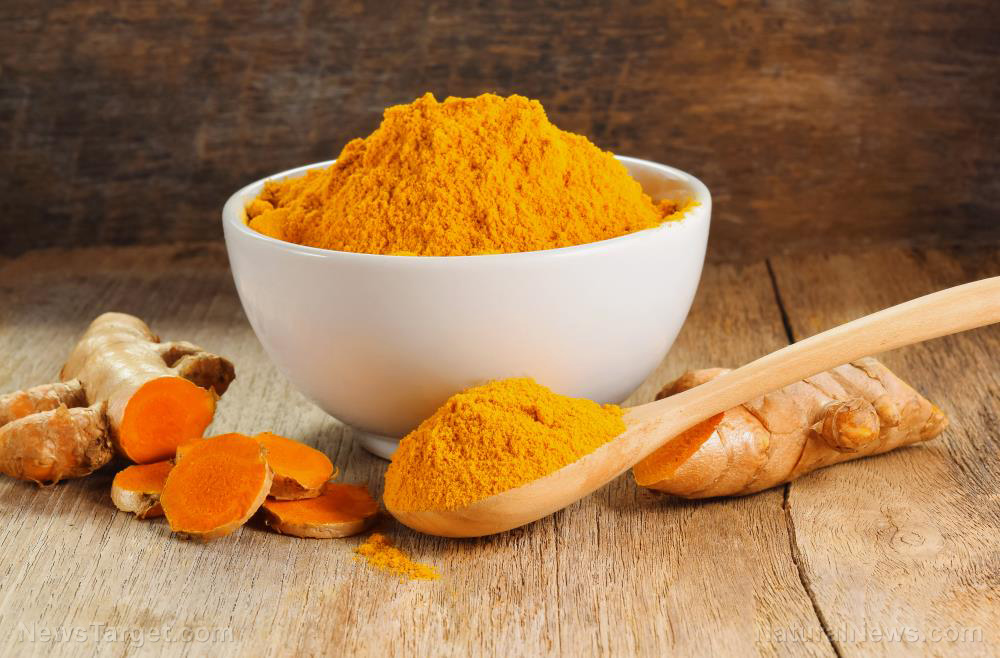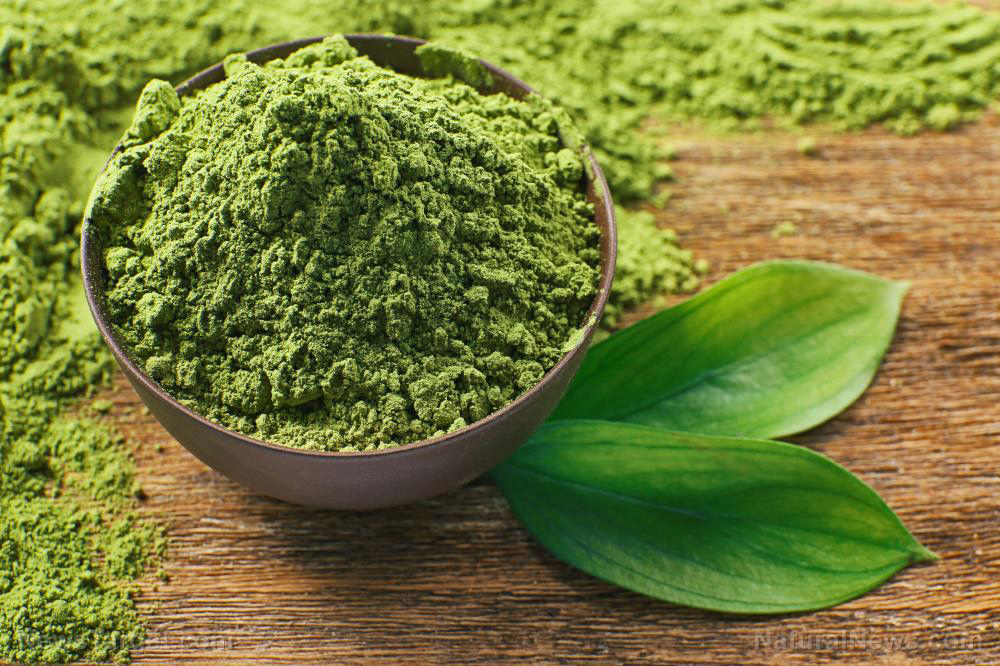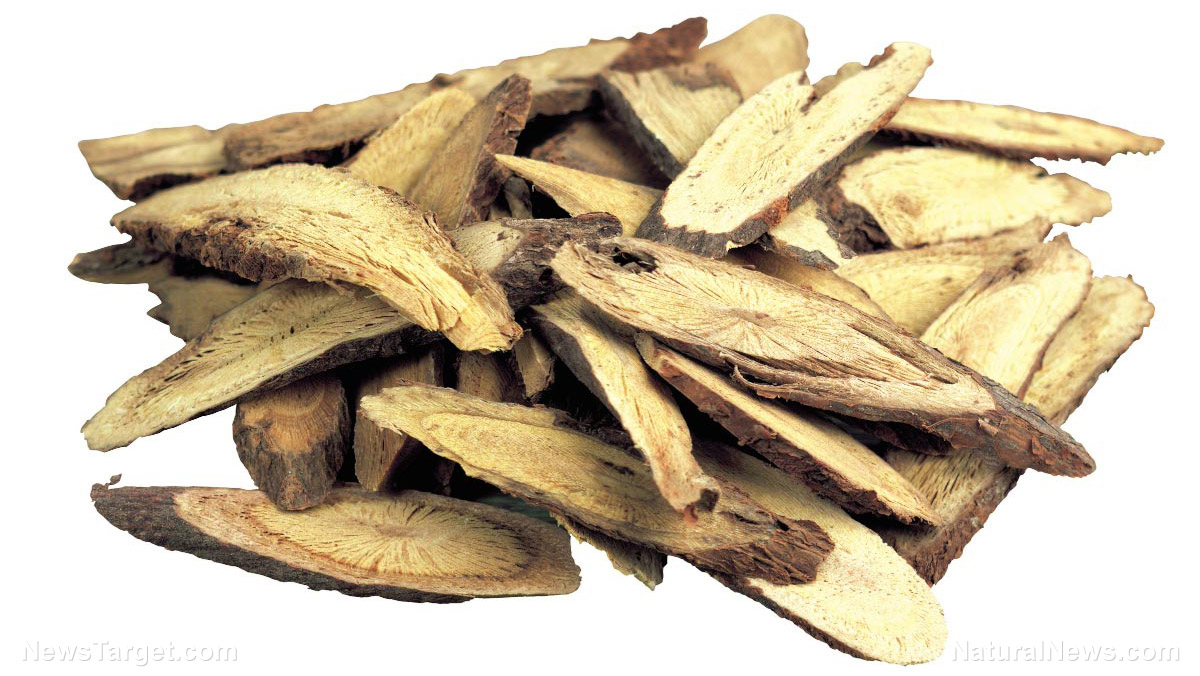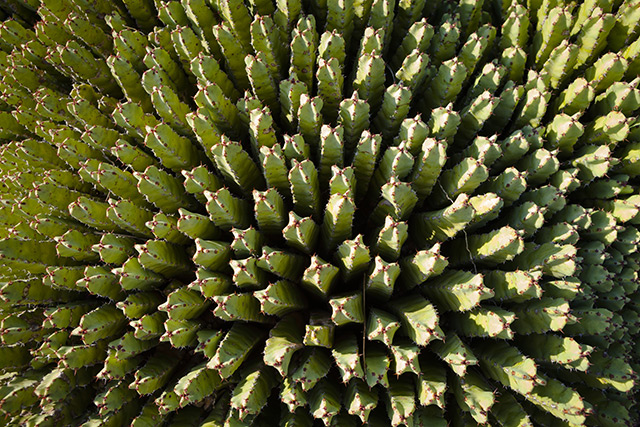Natural calming agent? Study suggests geranium essential oils may provide relief for anxiety
11/05/2018 / By Ellaine Castillo

The number of patients suffering from mental health problems continues to rise, increasing the need for safe and effective treatments for these conditions. Researchers from Italy and Iran revealed that extracts from geranium plants have potential use in treating anxiety and depression. In this study, which was published in Phytotherapy Research, the researchers determined the effects of geranium (Pelargonium roseum Willd) essential oil through an in vivo test involving male Swiss albino mice.
- Geranium is traditionally used as a calming agent but there are few studies to back this claim.
- The researchers tested various concentrations of geranium essential oil (10, 20, and 50 mg/kg body weight) by injecting it into the abdominal area of the mice.
- To measure anxiety and depression, the researchers subjected the mice to different tests including the elevated plus maze, open field test, and the forced swimming test.
- Potential mechanisms of action were also determined by coadministering antagonists of pathways involving serotonin and gamma-aminobutyric acid (GABA).
- Researchers analyzed the phytochemical content of the essential oil to identify which compounds are involved in relieving mental health problems.
Results of the study showed that treating the mice with geranium essential oil significantly improves depression and anxiety. Furthermore, the researchers also observed that the underlying mechanism behind this involves the serotonin but not GABA. Overall, these results back traditional claims regarding the anxiolytic and antidepressant activity of geranium essential oil.
Learn more about natural remedies for mental health problems by visiting Mind.news today.
Journal Reference:
Tabari MA, Moghaddam AH, Maggi F, Benelli G. ANXIOLYTIC AND ANTIDEPRESSANT ACTIVITIES OF PELARGONIUM ROSEUM ESSENTIAL OIL ON SWISS ALBINO MICE: POSSIBLE INVOLVEMENT OF SEROTONERGIC TRANSMISSION. Phytotherapy Research. 22 February 2018;32(6). DOI: 10.1002/ptr.6038
Tagged Under: Antidepressant, Anxiety, anxiolytic, depression, essential oils, geranium, geranium essential oil, mental health, mental health problem, natural cures, natural remedies, natural remedy, Pelargonium roseum



















